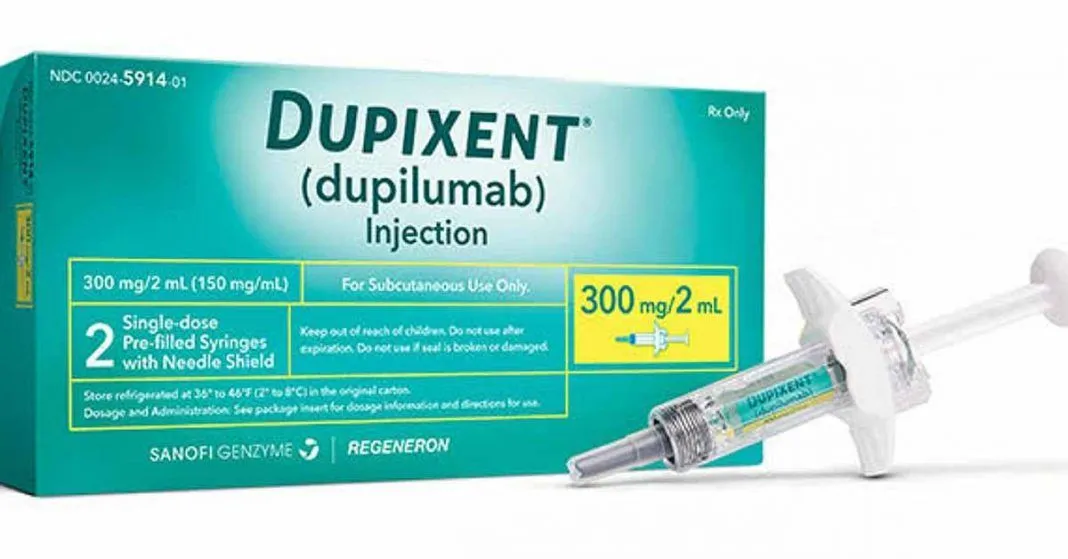Managed Care Perspectives on FDA Approval of Dupixent for COPD

Understanding the FDA's Approval of Dupixent for COPD
Managed care has taken a significant step forward with the recent FDA approval of Dupixent (dupilumab) as an add-on maintenance treatment for adults suffering from inadequately controlled chronic obstructive pulmonary disease (COPD). This decision signals a new era for health systems striving to manage complex patient needs effectively.
Significance of the Approval
Jane Wright, M.D., CEO of The COPD Foundation, emphasized the pressing need for innovative therapies, stating: “People living with inadequately controlled COPD have long awaited new medicines to help manage the daily suffering they experience,” highlighting the importance of affordable and effective treatment options.
According to recent estimates, approximately 300,000 individuals in the U.S. endure uncontrolled COPD related to type 2 inflammation, which poses numerous management challenges for healthcare executives and health plans.
Dupixent: A New Frontier in COPD Treatment
Developed by Sanofi and Regeneron Pharmaceuticals, Dupixent is the first biologic treatment approved in the United States for this prevalent condition. It operates by inhibiting the IL-4 and IL-13 pathways, fundamentally linked to the type 2 inflammatory response.
- List price: $3,803.20 per carton
- Offers available for patients, including a $0 copay card
- Previous approvals include treatment for conditions like eosinophilic esophagitis and moderate-to-severe asthma.
Clinical Trial Outcomes and Adverse Events
- In two major phase 3 trials, Dupixent demonstrated significant reductions in COPD exacerbations, reducing hospitalizations by 30% and 34% compared to placebo.
- Improved lung function was also recorded, with enhancements maintained at 52 weeks.
- Common adverse events include headache, viral infections, and local administration reactions, emphasizing the importance of healthcare monitoring.
Furthermore, Dupixent is being studied for other dermatological conditions, showcasing its potential versatility within the managed care landscape.
This article was prepared using information from open sources in accordance with the principles of Ethical Policy. The editorial team is not responsible for absolute accuracy, as it relies on data from the sources referenced.